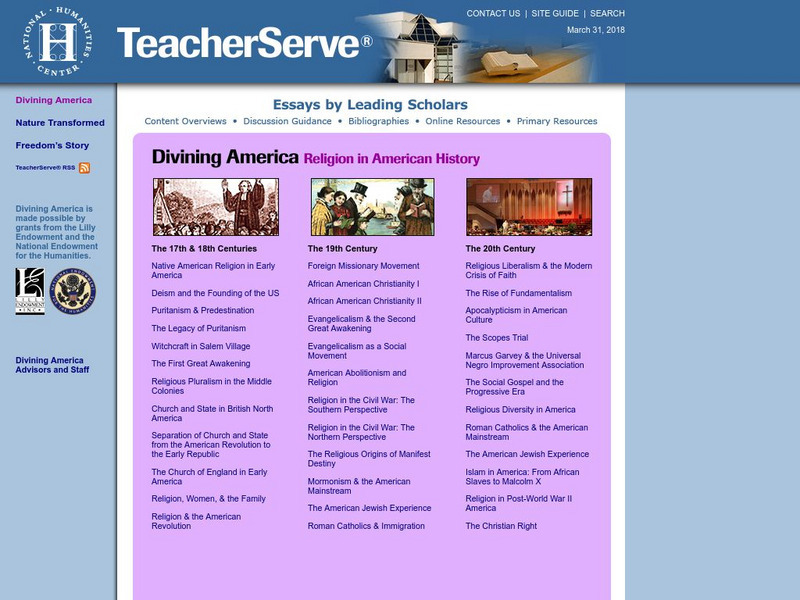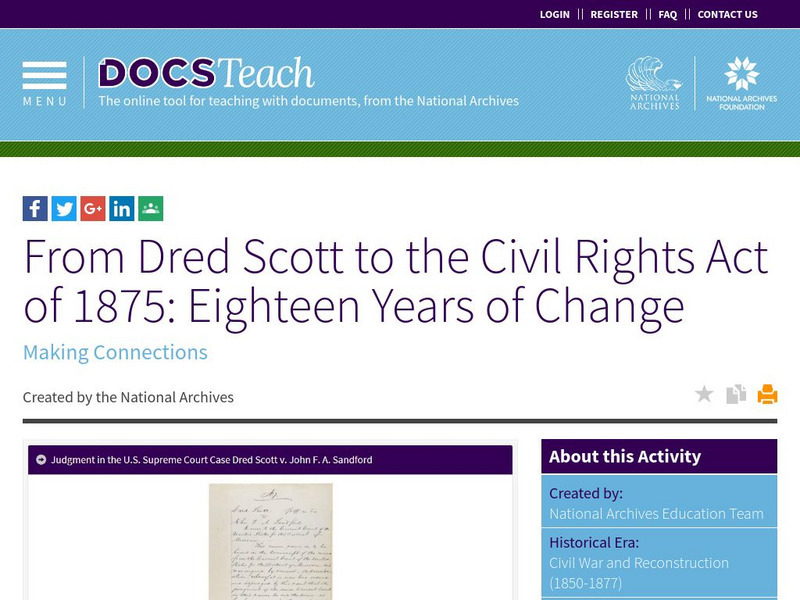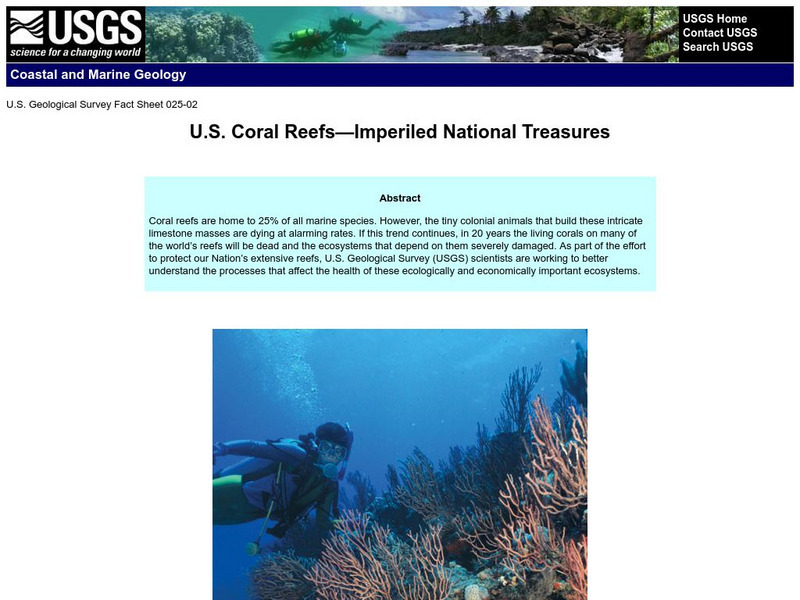College Board
AP® Psychology Cognition and Language
I can remember what happened five years ago, but I can't recall what I did last week! High school psychology students analyze how memory, cognition, and language impact one another. Hands-on activities, memory exercises, and research...
United Nations
United Nations: Cyber School Bus: Indigenous Peoples
This resource was designed to allow students to explore issues faced by indigenous peoples around the globe. In addition to providing a basic understanding of who indigenous people are, it also provides activities and resources for...
United Nations
United Nations: Cyber School Bus: What Makes Cities Grow?
This unit explores the factors that influence the growth of cities. Read more to understand the patterns of migration and settlement in cities.
National Endowment for the Humanities
Neh: Edsit Ement: Understanding the President's Job
What does the President do? Understanding how our democracy works includes understanding how the Executive branch of our government works. Teachers can use this lesson plan to explore with students the job of the President. Academic...
Curated OER
National Park Service: Teaching With Historic Places
Lessons and activities using places on the National Park Service's National Register of Historic Places to enliven courses in U.S. history, U.S. geography, and U.S. government.
San Diego State University
World History for Us All: World Politics and Global Economy After Ww Ii [Pdf]
It is imperative that learners understand what happened in Europe after WWII, so they may gain a deep knowledge of our contemporary world, including its key economic, social, and political developments. This in-depth unit covers topics...
National Geographic
National Geographic: Population Density in the United States
Several factors contribute to the population trends across the United States. This lesson will explore maps to discover and understand these trends.
Digital History
Digital History: September 11, 2001
This site has a comprehensive overview of the September 11, 2001 attacks on the U.S., including information on Osama bin Laden's background, the formation of Al Qaeda, the attacks themselves, the US response, civil liberties and national...
HotChalk
Hot Chalk: Lesson Plans Page: National Symbols
Lesson in which students create American symbol folders to help them understand and identify national symbols.
Department of Defense
Do Dea: Ap Us History: Unit 10: Understanding American History
This extensive learning module looks at how themes of American history can create a better understanding of the big picture of the nation's history.
Library of Congress
Loc: The New Nation 1783 1815
The creation and growth of the new nation of the United States is the focus of this article. Being divided into time periods makes this site easy to understand.
Curated OER
National Park Service: Southeastern Prehistory: Paleoindian Period
Paleoindians were great wanderers, traveling across the continent to the southeast. Read about the archaeological findings that give clues about their culture there. Be sure to click on the information on carbon dating to help understand...
McGraw Hill
Glencoe: The United States Economy
This site gives a concise outlook of the United States Economy in the early twenty-first century. The summary is brief, but it is easy to read and understand. Includes numerous links to graphs.
Other
The National World War Ii Museum
The National WWII Museum tells the story of the American experience in the war that changed the world so that all generations will understand the price of freedom and be inspired by what they learn. This site includes teacher resources,...
National Humanities Center
National Humanities Center: Teacher Serve: Divining America: Religion in American History
A collection of scholarly essays consisting of instructional guides accompanied by commentary. Designed to help teachers of American history bring students to a greater understanding of the role religion has played in the development of...
US National Archives
National Archives: From Dred Scott to the Civil Rights Act of 1875
The Dred Scott case decided that African Americans were not citizens of the United States. However, 18 years later they would have citizenship and many other rights. Students will examine the following documents to understand how and why...
Social Science Education Consortium
Performance of National Economy: How Do We Measure the Economy's Health? [Pdf]
This investigation helps students clarify economic performance measures. These include: percentage changes in the Gross Domestic Product or the Consumer Price Index, how the labor force is measured, the meaning of employment and...
Louisiana Department of Education
Louisiana Doe: Louisiana Believes: Ela Unit: Grade K: A Is for America
Students read informational and literary texts in order to gather information about people, events, symbols, and ideas that are representative of the United States of America. Students begin to develop an understanding of the United...
Library of Congress
Loc: The Constitution: Counter Revolution or National Salvation
Using primary texts and prior study of Colonial America and the Revolution, students examine "what type of government would best represent the ideals of the American Revolution." Worksheets, discussions, and role-playing within this...
Yale University
Yale National Initiative:take a Stab at It: Exploring Character in Julius Caesar
This curriculum unit guides learners in a deep investigation of the characters in The Tragedy of Julius Caesar, and in developing an appreciation of Shakespeare's talent for language and his insightful understanding of human...
US Geological Survey
Usgs: Imperiled National Treasures: u.s. Coral Reefs
Efforts to protect and conserve coral reefs located in territories of the United States fall into the hands of the USGS. Scientists are working diligently to understand the marine ecosystems so as to determine the exact reasons many are...
iCivics
I Civics: Games: Immigration Nation
Interactive online game will help students understand the history of immigration in the United States and teaches about the paths to American naturalization and citizenship.
Smithsonian Institution
National Museum of the American Indian: Indigenous Geography
Indigenous Geography helps you develop key understandings on nine different dimensions as they relate to six Native communities located in the Western Hemisphere. Learn about the creation stories, place boundaries and landmarks, calendar...
University of Groningen
American History: Essays: Central Banking in the United States
This essay gives a background to understand the controversy surrounding the creation of a central bank in the United States.















